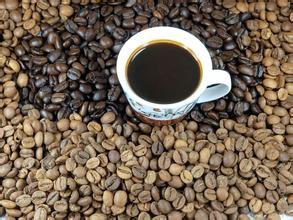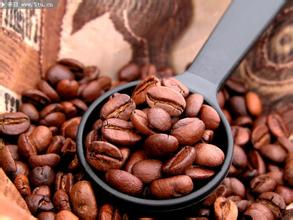Peruvian coffee is high quality and balanced and can be used in mixed drinks

The coffee is well balanced and can be used in mixed drinks.
Peru is also a major coffee producer. As much as 98 per cent of Peruvian coffee is grown in forested areas, and most producers are smallholders.
Peru has good economic conditions and a stable political situation, thus ensuring the excellent quality of coffee. In addition to guerrilla warfare and drug trafficking, cholera in the mid-1990s along the coast further contributed to economic depression, and even worse, annual inflation reached 7000%.
In the mid-1970s, Peruvian coffee production was about 900,000 bags a year, and then steadily increased to about 1.3 million bags a year. Although there are private exporters buying coffee from remote areas through middlemen, the main market remains a government monopoly. Later, the private Comera de Exportadores de Café del Peru (Peruvian Coffee Exporters Chamber) was established, which is dedicated to improving coffee quality. Its primary task is to establish standards and eliminate inferior products, thus creating an atmosphere in which quality is paramount. This positive move bodes well for the future of the coffee industry. Later, rising prices encouraged farmers to grow coffee instead of cocoa, the region's traditional cash crop.
The best coffee in Peru is produced in Chanchmayo, Cuzco, Norte and Puno. Most Peruvian coffee is grown under natural conditions, but it is difficult to confirm the cultivation status of all coffee trees. Naturally grown coffee costs 10 to 20 percent more than others, and farmers are likely to lack the money to buy fertilizers and pesticides, given poverty, but it is hard to verify all coffee.
Important Notice :
前街咖啡 FrontStreet Coffee has moved to new addredd:
FrontStreet Coffee Address: 315,Donghua East Road,GuangZhou
Tel:020 38364473
- Prev

Boutique coffee Honduran coffee origin Honduran coffee practice
Speaking of Honduran coffee, many people may feel very strange. Is there coffee in Honduras? In my impression, this is one of the most restless countries in China and the United States, and the current political situation is still very unstable. The only thing that can be connected with it is the world-famous diving resort of Honduras Blue Cave. Coffee? Will there be coffee production in such a chaotic country? But, indeed, Hong
- Next

Fine coffee Honduran coffee producing area Honduran coffee manor coffee beans
Speaking of Honduran coffee, many people may feel very strange. Is there coffee in Honduras? In my impression, this is one of the most restless countries in China and the United States, and the current political situation is still very unstable. The only thing that can be connected with it is the world-famous diving resort of Honduras Blue Cave. Coffee? Will there be coffee production in such a chaotic country? But, indeed, Hong
Related
- Does Rose Summer choose Blue, Green or Red? Detailed explanation of Rose Summer Coffee plots and Classification in Panamanian Jade Manor
- What is the difference between the origin, producing area, processing plant, cooperative and manor of coffee beans?
- How fine does the espresso powder fit? how to grind the espresso?
- Sca coffee roasting degree color card coffee roasting degree 8 roasting color values what do you mean?
- The practice of lattes: how to make lattes at home
- Introduction to Indonesian Fine Coffee beans-- Java Coffee producing area of Indonesian Arabica Coffee
- How much will the flavor of light and medium roasted rose summer be expressed? What baking level is rose summer suitable for?
- Introduction to the characteristics of washing, sun-drying or wet-planing coffee commonly used in Mantenin, Indonesia
- Price characteristics of Arabica Coffee Bean Starbucks introduction to Manning Coffee Bean Taste producing area Variety Manor
- What is the authentic Yega flavor? What are the flavor characteristics of the really excellent Yejasuffi coffee beans?

